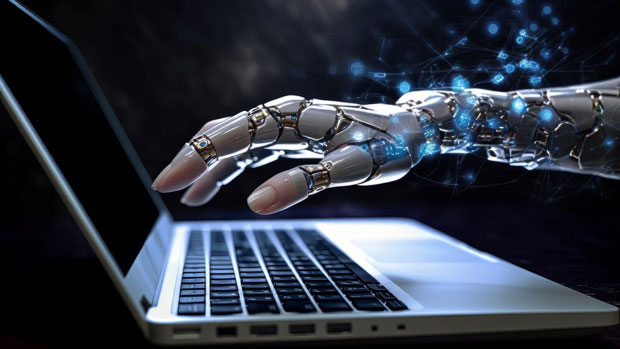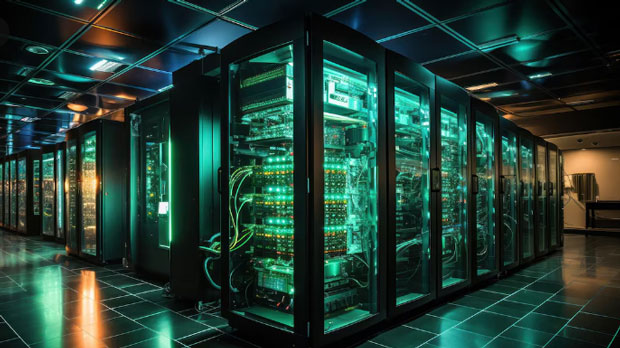In today's digital landscape, privacy and security have become key concerns for online users, especially as cyber threats continue to grow. Unlimited residential proxies provide users with the ability to maintain anonymity while accessing the internet. When looking for high-quality proxies at a discounted price, using a PYPROXY discount code for unlimited residential proxies is a smart decision. These proxies offer superior protection, enhanced security, and more flexibility in how they are used. In this article, we will explore various use cases where purchasing unlimited residential proxies with a Pyproxy discount code could be highly beneficial, ensuring maximum value for both individuals and businesses. Understanding the Importance of Residential ProxiesBefore diving into the use cases, it's important to understand what residential proxies are and why they are different from other types of proxies. Residential proxies are IP addresses that are assigned to real devices by Internet Service Providers (ISPs), unlike data center proxies, which are generated by virtual machines or servers. These proxies are often perceived as more reliable because they appear as regular, legitimate users to websites, making them less likely to be blocked or flagged as suspicious.Residential proxies offer better anonymity and can be used for tasks that require a higher level of trust, such as web scraping, automated browsing, or managing multiple accounts. Their primary advantage lies in their ability to replicate genuine user traffic, which makes them highly effective for bypassing geo-restrictions, accessing region-locked content, or performing tasks that require large-scale web automation.Use Case 1: Web Scraping and Data CollectionOne of the most common uses for unlimited residential proxies is web scraping, which is often employed by businesses, researchers, and marketers who need to collect large amounts of data from various websites. Whether it's for market research, competitive analysis, or gathering product prices, residential proxies make the process more efficient and effective.By using a Pyproxy discount code, individuals can access unlimited residential proxies without worrying about hitting the proxy limits that many free or shared services impose. These proxies allow users to scrape data from different websites without the fear of being blocked, as they mimic the behavior of real users. This is especially important when scraping data from sites that have stringent anti-bot measures in place, like CAPTCHAs or IP bans.Use Case 2: Bypassing Geo-Restrictions and Accessing Region-Locked ContentAnother key advantage of unlimited residential proxies is their ability to bypass geo-restrictions. Many streaming platforms, websites, and online services restrict access to content based on the user's geographic location. By using a residential proxy, users can route their internet connection through a server in a different region, allowing them to access content that would otherwise be unavailable in their country.This is particularly useful for those who want to stream shows, access websites, or shop on international e-commerce platforms. For example, someone in the US can use a European residential proxy to access content available only in Europe. By purchasing unlimited residential proxies with a Pyproxy discount code, users can enjoy a seamless experience without facing interruptions from IP blocks or geo-fences.Use Case 3: Managing Multiple Accounts on Social Media or E-Commerce PlatformsMany online platforms, especially social media networks and e-commerce websites, place strict limitations on the number of accounts that can be accessed from a single IP address. This can be problematic for individuals or businesses managing multiple accounts for various purposes, such as marketing campaigns, product launches, or customer service.Residential proxies provide an ideal solution by allowing users to access multiple accounts without triggering account suspensions or bans. By using a Pyproxy discount code, businesses and individuals can acquire unlimited residential proxies at a lower cost, making it easier to manage a large number of accounts without the risk of being flagged for suspicious activity.Use Case 4: Enhancing Security and PrivacyIn the digital age, online privacy and security are of utmost importance. Residential proxies add an extra layer of protection by masking a user's real IP address and routing traffic through an intermediary server. This helps prevent hackers, advertisers, and even the websites themselves from tracking your online activities.Unlimited residential proxies from Pyproxy offer enhanced security for users who need to maintain a high level of privacy while browsing, conducting online transactions, or accessing sensitive data. Whether you're a journalist, political activist, or simply someone who values privacy, using a Pyproxy discount code to purchase unlimited residential proxies ensures your online presence remains anonymous and secure.Use Case 5: Ad Verification and Preventing Click FraudFor businesses running online advertising campaigns, ad verification is a critical aspect of ensuring that ads are being shown to the intended audience. Click fraud is a growing concern in the advertising industry, where competitors or malicious bots can repeatedly click on ads, driving up costs and skewing performance data.Residential proxies help businesses mitigate click fraud by allowing them to verify ad placements from different regions and IP addresses. With the use of unlimited residential proxies, advertisers can ensure that their ads are being shown to real users rather than fraudulent clicks. Pyproxy's discount codes make it easier for advertisers to access a large pool of residential IP addresses, enabling them to monitor ad performance effectively.Use Case 6: Price Comparison and Market ResearchBusinesses that rely on price comparison and market research often need to monitor prices and availability across multiple online platforms. Residential proxies are invaluable for this purpose, as they enable businesses to view products from different geographical regions and obtain accurate pricing information without restrictions.For instance, online retailers can use residential proxies to check competitor prices in different locations or to track the availability of specific products. This data can then be used to adjust pricing strategies, optimize inventory, and stay competitive in the market. By purchasing unlimited residential proxies with a Pyproxy discount code, businesses can ensure they have access to a comprehensive range of pricing data without facing IP blocking or throttling.Conclusion: Why Pyproxy Discount Code is a Smart ChoiceUnlimited residential proxies offer a range of benefits for both individuals and businesses who require reliable and secure internet access. Whether it's for web scraping, managing multiple accounts, bypassing geo-restrictions, or enhancing privacy, residential proxies provide an effective solution. By using a Pyproxy discount code, users can take advantage of discounted rates for high-quality, unlimited residential proxies, ensuring they can complete their tasks efficiently and without the risk of IP bans or blocks. With the added value of security and anonymity, unlimited residential proxies from Pyproxy are an excellent choice for anyone seeking to improve their online experience, regardless of the specific use case.
May 20, 2025






















































